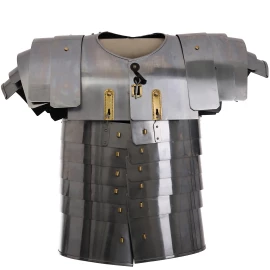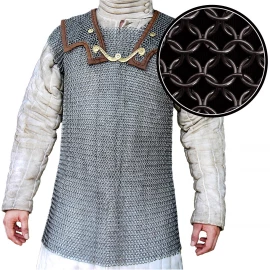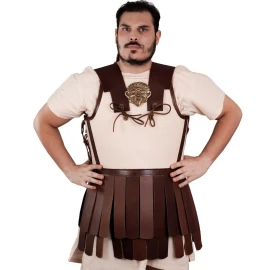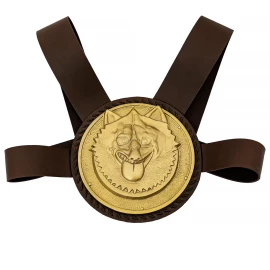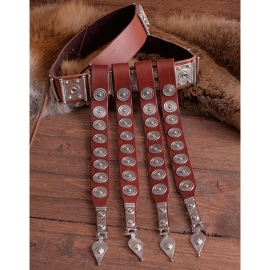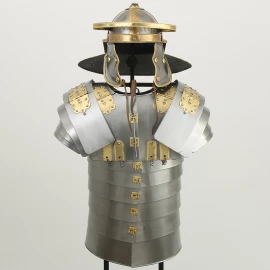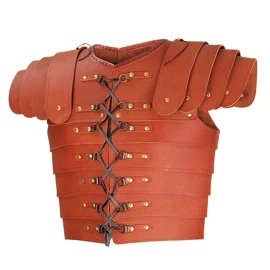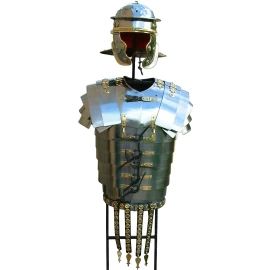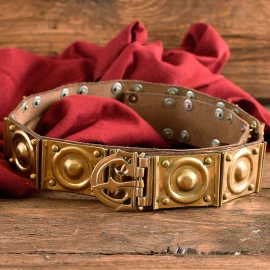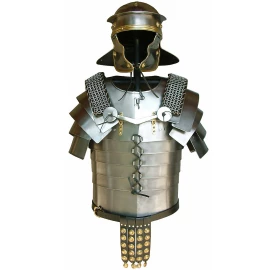Antiquity Armour
The lorica segmentata was a type of segmented armour almost exclusively used in the Roman Empire. The armour itself consisted of broad ferrous (originally iron, but steel in modern recreations) strips ('girth hoops') fastened to internal leather straps. The strips were arranged horizontally on the body, overlapping downwards, and they surrounded the torso in two halves, being fastened at the front and back. The upper body and shoulders were protected by additional strips ('shoulder guards') and breast- and backplates.
Filter products
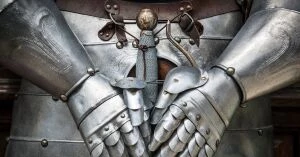
If you want to keep your sword, helmet or plate armour in perfect condition for as long as possible, occasional maintenance is required. Sometimes, touching your armour with your hands is enough to expose your gear to harmful moisture. However,…
Antiquity Armour
The form of the armour allowed it to be stored very compactly, since it was possible to separate it into four sections. The fitments that closed the various plate sections together (buckles, lobate hinges, hinged straps, tie-hooks, tie-rings, etc.) were, however, made of brass. However in later variants dating from around 75-80 A.D. the fastenings of the armor were simplified. Bronze hinges were removed in favor of simple rivets, belt fastenings utilized small hooks, and the lowest two girdle plates were replaced by one broad plate.
During the time of their use, this style of armor evolved and changed a number of times and ways, the currently recognised types being the Kalkriese, Corbridge and Newstead types, named after their places of discovery.

